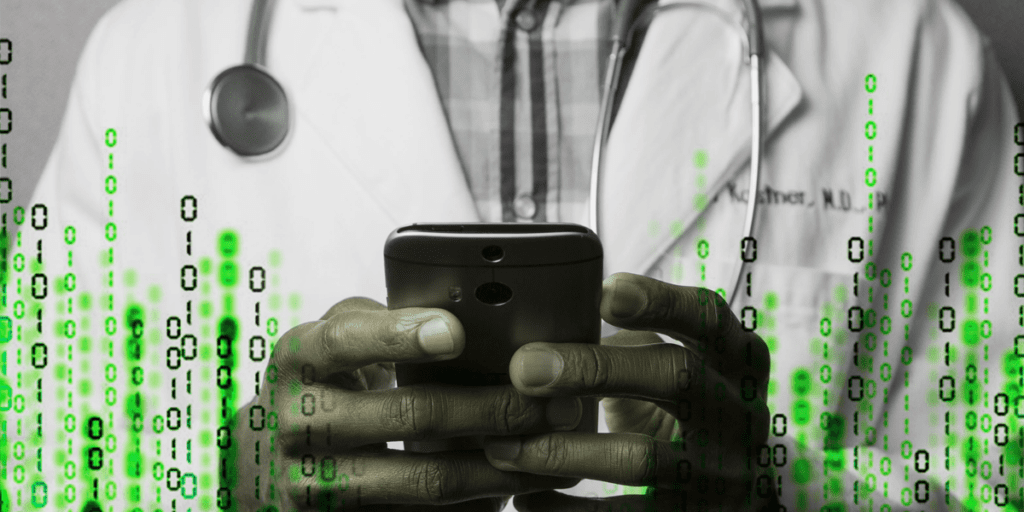“We’ve gone from hardly any data to way too much,” the director of a global health advocacy organization told me over a recent coffee. I understand the sentiment. Twenty years ago, we typically based health PR and medical communications work on a heavy dose of hypothesis. We’d determine that an unmet need for information about a disease existed, and then attempt to fill that gap by pushing nicely–presented visual and text content into the external environment, often by creating standalone websites—a hallmark of the pre-social online space. This was a one-way flow of information, hoping to connect with its audience if SEO, then in its infancy, did its job well enough.

Skip forward to 2020, and effective health communications has become about entering rather than starting a conversation. These conversations are being played out moment-to-moment, either openly on microblogging or social networking platforms, behind closed doors in professional online dialogue apps, or even in mutual-interest WhatsApp groups. The medical media retains its position as an amplifier and opinion former, but the power of the individual to lead a conversation has grown exponentially.
This evolution in the way we share and discuss information about pharmacological products, device interventions and, importantly, trial outcomes, has fundamentally shifted the way we now have to think about telling relevant stories in healthcare. We now need to capture the evidence base that shows where the most relevant conversations are happening, often on Twitter, sometimes via podcasts, and even on self-published blogs, which may seem old hat but still carry currency and influence in different therapeutic areas. Without this insight, we’re back in one-way-traffic mode and simply spreading information, not understanding how to intervene in a targeted and helpful way.
To pull that evidence base together, basic desk research would take months, if not years. This is where new-generation tech comes in. Our development at Ketchum of digital analytics tools designed to pinpoint conversations that matter, and who is driving them, has thrown up some surprising and engaging insights. Among these:
The key opinion leaders aren’t always who you think they are: A recent oncology Twitter dialogue we tracked around the world showed a disproportionate level of conversation and thought leadership from technologists rather than medical oncologists, giving us a wholly fresh view of who influencers truly are on specific topics.
Millennial physicians are building media empires: An explosion in online self-publishing by a younger generation of doctors with highly professional and branded news and opinion sites has reframed what the term “medical media” means. This group writes in a style more readily accepted by junior health providers, and their approach means social amplification of their stories is faster, bigger and more international.
Fake health news is becoming an endemic issue: Inaccurate or false information about disease, medicines and health services goes viral across social far faster than fully researched, referenced information, presenting fresh challenges for the health industry in how to enter those conversations appropriately in the digital environment. Key is to know where, and when, misinformation is originating.
To build the right campaigns, the right dialogues and the right advocacy, it has become fundamental to get to grips with data analytics. With the new suite of AI-supported tools that can show us the direction, location and strength of opinion where it truly matters, we can finally put the guesswork to bed and base our strategies on evidence-based communications. And that’s a great place to start 2020.



